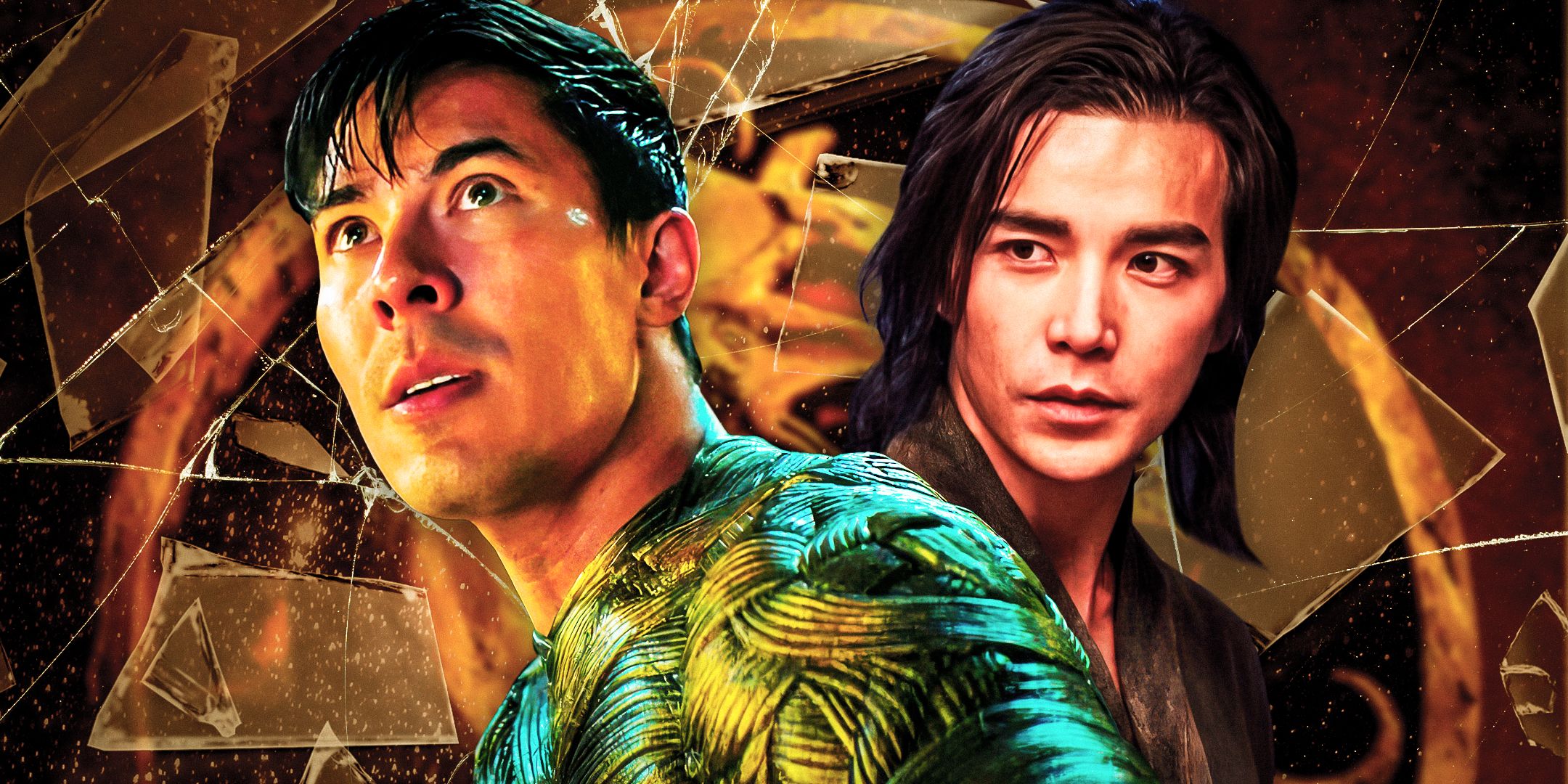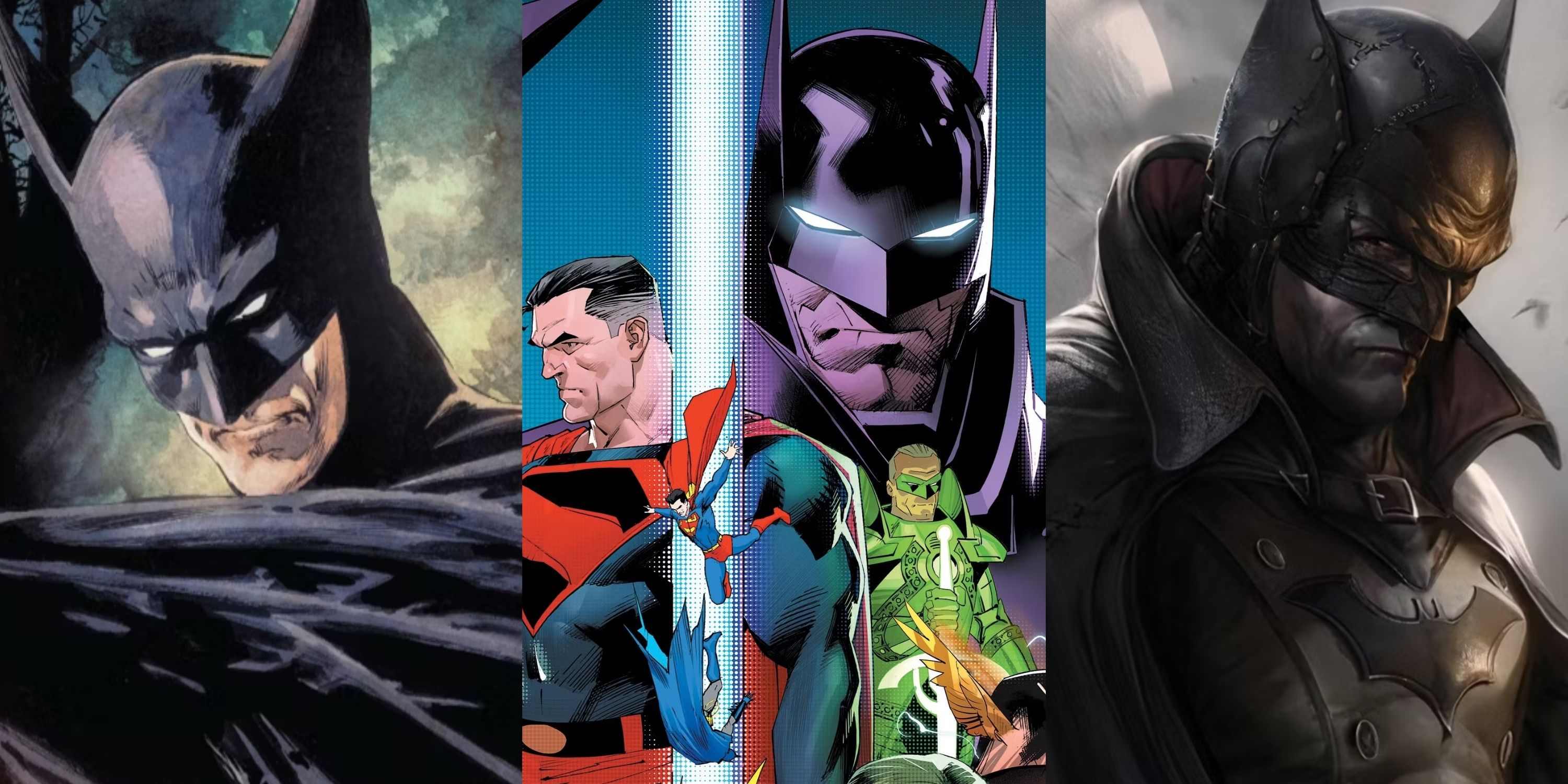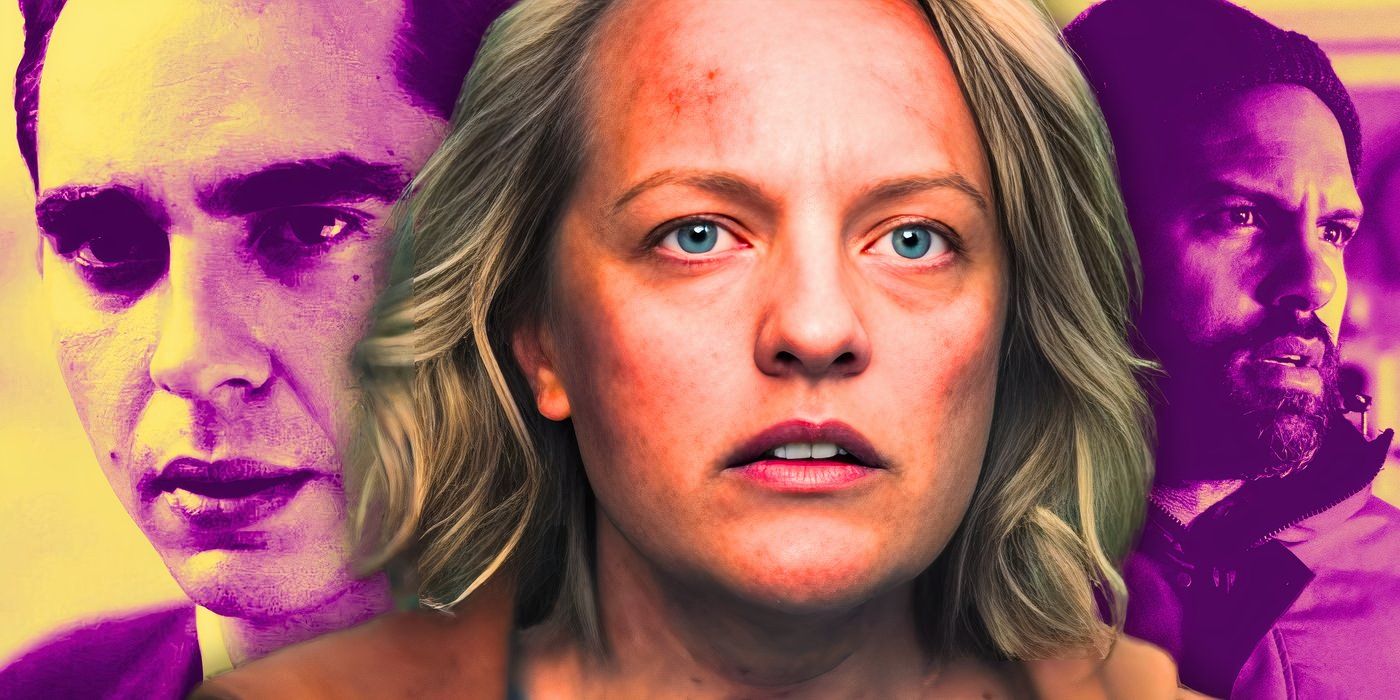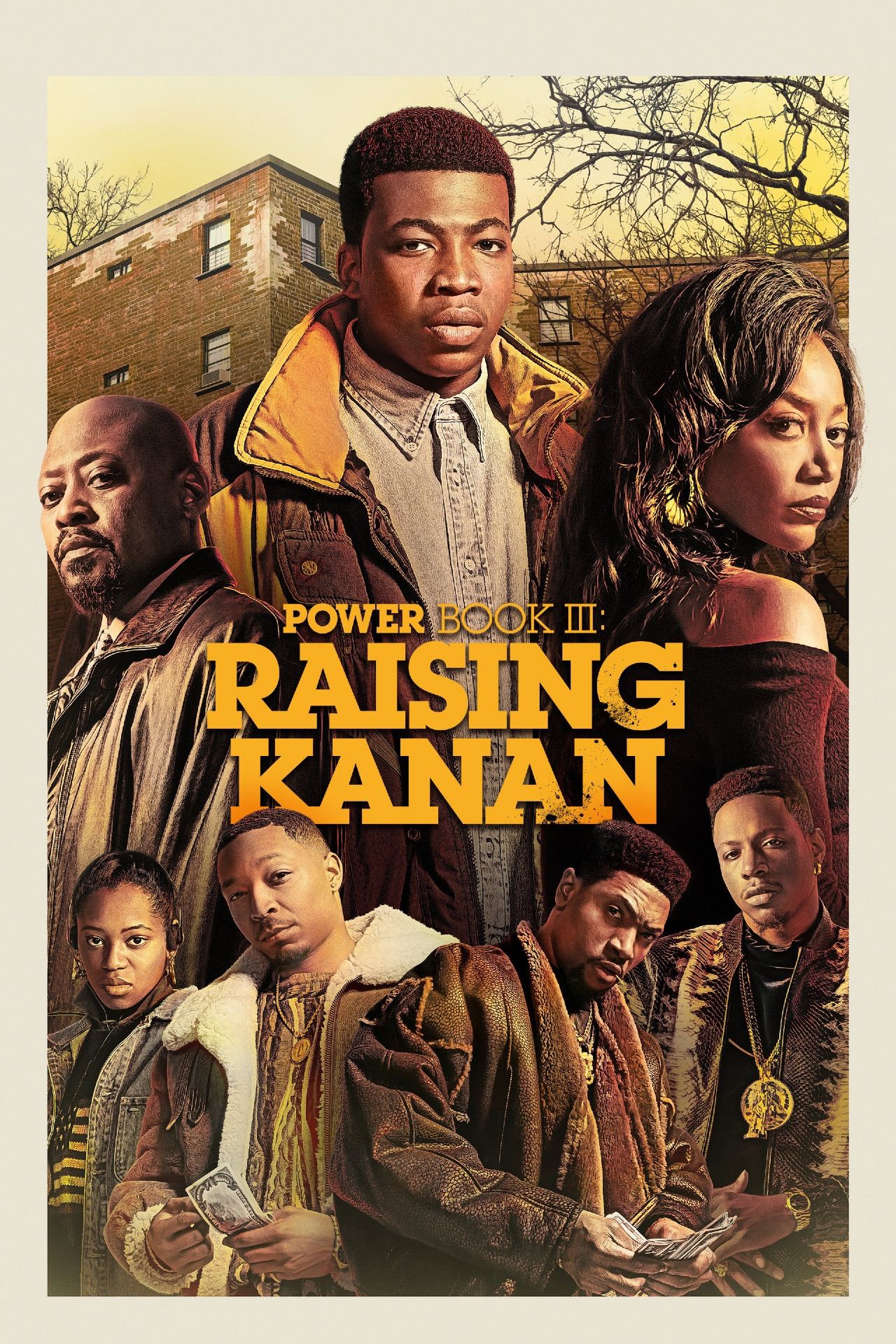11 years ago today, Disney bought Lucasfilm – including Star Wars, Indiana Jones, and Willow. Under CEO Bob Iger, Disney became known for a series of dramatic purchases. Disney acquired Pixar in 2006, Marvel in 2010, and on to Lucasfilm in 2012. Each one of these acquisitions proved transformative for the House of Mouse, albeit in very different ways. The MCU and Star Wars have gradually become Disney’s two most important franchises.
According to Iger’s account in his autobiography The Ride of a Lifetime, it took the intervention of Steve Jobs – who was in the late stages of cancer by this time – that led to Iger reaching out to George Lucas. Lucas was struck by the idea of ensuring he had a legacy by selling ownership of Lucasfilm to Disney, and it was Lucas himself who chose his successor – Kathleen Kennedy. Her appointment came as a surprise to Disney, but Iger understood it was important someone Lucas trusted was in charge. The deal was officially announced on October 30, 2012, with Lucasfilm and Disney also announcing the Star Wars sequel trilogy. It set up a monumental decade for lovers of Star Wars in particular, but Lucasfilm has really only had a qualified success.
The Star Wars Sequel Trilogy
A strong start that lacked an overarching vision.
Key Dates | |
|---|---|
October 30, 2012 | Lucasfilm announce the Star Wars sequel trilogy. |
December 17, 2015 | Star Wars: The Force Awakens releases. |
December 15, 2017 | Star Wars: The Last Jedi releases. |
December 20, 2019 | Star Wars: The Rise of Skywalker releases. |
Lucasfilm announced the Star Wars sequel trilogy 11 years ago today, and immediately started work on them. Lucas had written his own drafts – likely in part an attempt to increase Lucasfilm’s value for the purchase – but the studio chose to go their own way. The plot of J.J. Abrams’ Star Wars: The Force Awakens chose to hone in on nostalgia, attempting to recreate the tone and style of the Star Wars original trilogy. Although Iger in particular has defended this creative vision, the use of nostalgia made the sequels feel reductive, and set a challenge for Rian Johnson with Star Wars: The Last Jedi. His attempt to pivot proved singularly controversial.
The Star Wars sequel trilogy was a financial success for Disney. Adjusted for inflation, Star Wars: The Force Awakens grossed over $2.6 billion, Star Wars: The Last Jedi an impressive $1.6 billion, and Star Wars: The Rise of Skywalker over $1.2 billion. The declining returns are to be expected given the first of these movies was a genuine cinematic event, the declining popular and critical reception suggests Lucasfilm made a lot of mistakes. The Last Jedi divided the fanbase, and Lucasfilm overcompensated in an attempt to wrap the trilogy up. It’s not a coincidence that The Rise of Skywalker released in 2019, and there’s been a hiatus on Star Wars movies since then that is only now beginning to end.
The Star Wars Anthology Movies Faltered
It seems Star Wars CAN fail after all.
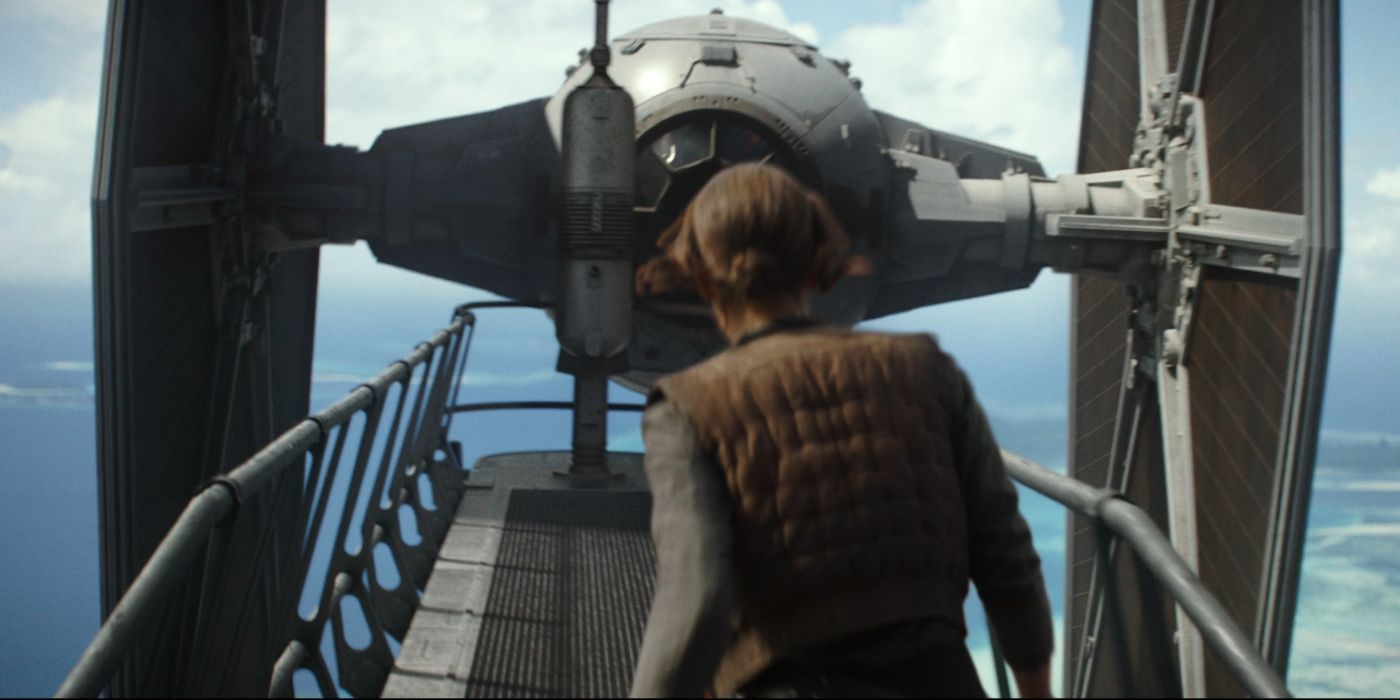
Key Dates | |
|---|---|
December 13, 2016 | Rogue One: A Star Wars Story releases. |
May 25, 2018 | Solo: A Star Wars Story releases. |
It’s important to remember that, back when Disney acquired Lucasfilm, the studio wasn’t really fully-functional. This is why Lucas didn’t get the “Pixar Deal” he originally wanted; “Lucas had many talented employees, particularly on the tech side, but no directors other than George, and no film development or production pipeline,” Iger explained. That makes the speed of production impressive but unfortunately behind-the-scenes drama became standard. Although this was true of the sequels, it had a massive effect on the Star Wars anthology projects, movies intended to orbit the main movies. Rogue One: A Star Wars Story was a hit regardless, though, grossing $1.3 billion when adjusted for inflation.
Solo: A Star Wars Story was, however, nothing short of a mess. Solo was greenlit because of one scene; co-writer Jonathan Kasdan has remembered pitching simply the moment when Han is given his surname. Lucasfilm originally hired Phil Lord and Chris Miller to direct, but their approach just didn’t work, and things became increasingly chaotic. It fell to Ron Howard to try to pick up the pieces, and he did a serviceable job. But the lack of a strong hook, constant accounts of problems with the production, and a poor marketing strategy sealed Solo‘s fate. Disney seemed to believe Star Wars could never fail, and they proved wrong, with Solo bombing. The entire anthology project was dropped.
Disney+ Becomes The New Home Of Star Wars… For Now
This is the way.
Lucasfilm seemed to lose confidence in the big screen, but fortunately this coincided with a fresh opportunity. Disney’s push into streaming meant every one of their studios was now tasked with producing content for Disney+, and the first live-action TV show – The Mandalorian – became the streaming service’s flagship. It was an absolute hit, in large part because of a smart decision; Lucasfilm and Disney chose to forego initial merchandising opportunities for the delightful Grogu (originally dubbed “Baby Yoda”), allowing his introduction to be a surprise to viewers.
This has led to a steady stream of Star Wars content on Disney+, both live-action and in animation. There have been genuine events; the return of Hayden Christensen and Ewan McGregor in the Obi-Wan Kenobi TV show, Christensen’s appearing alongside Rosario Dawson’s live-action iteration of Anakin’s Padawan in Ahsoka, and even a few unexpected Mark Hamill cameos. There have also been pleasing signs Lucasfilm is moving beyond nostalgia at last, with the critical darling Andor unlike any other Star Wars adventure to date, while future shows will press on into the High Republic Era. This isn’t to say everything has been perfect, of course; there have been some massive VFX stumbles, mostly a result of overdependence on ILM’s Volume technology.
Lucasfilm clearly intend to double down on what has worked, with George Lucas’ protégé Dave Filoni using The Mandalorian as a launchpad for an entire range of shows and even a movie set five years or so after Return of the Jedi. Inspired by the popular Expanded Universe “Heir to the Empire” trilogy, this features the live-action Grand Admiral Thrawn, played by Lars Mikkelsen. The pivot toward this arc appears to have done some short-term damage – The Book of Boba Fett and The Mandalorian season 3 both felt like narrative course-corrections – but Ahsoka‘s success showed this is the right direction.
Lucasfilm’s Other Franchises Have Struggled
Indiana Jones & Willow suffered disappointing fates.
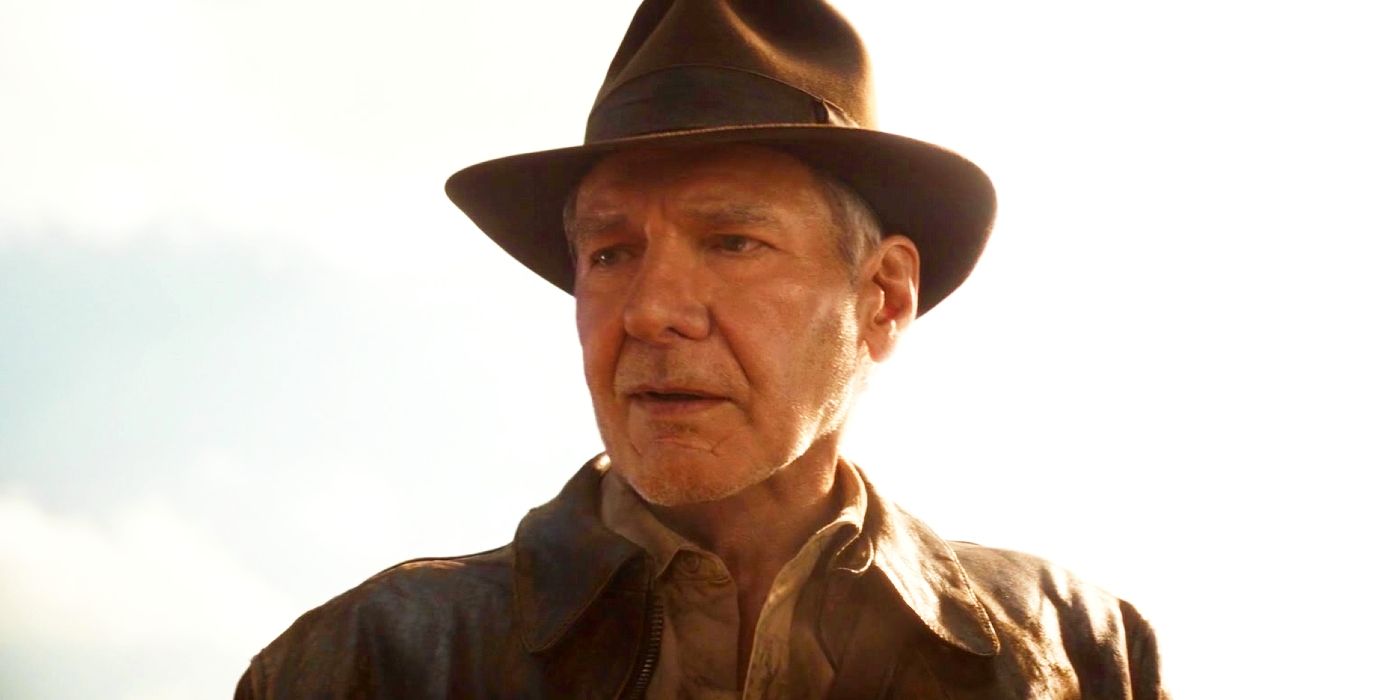
Looking away from Star Wars, Lucasfilm’s other projects have struggled in large part because of budgets. Indiana Jones & the Dial of Destiny featured a budget of over $300 million, but grossed under $400 million worldwide, making Harrison Ford’s return a box office bomb. The Willow fantasy series suffered a heartbreaking fate, pulled from Disney+ during the writers’ strikes; writer John Bickerstaffe insisted this was the real reason, not a tax write-off. “This business has become absolutely cruel,” he tweeted in sorrow.
Has Disney’s Acquisition Of Lucasfilm Been A Success?
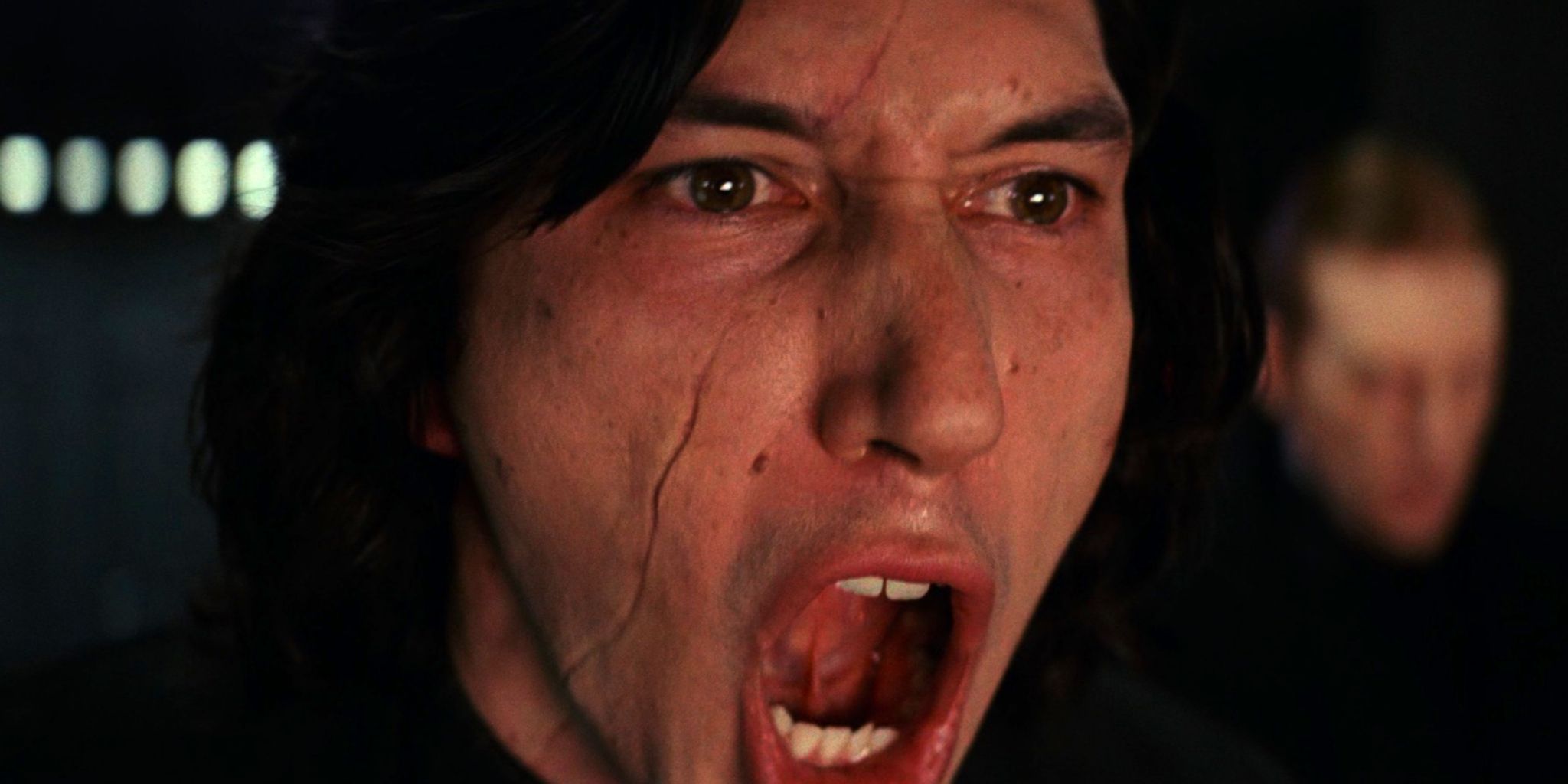
Looking back, then, it’s quite clear the last 11 years have been difficult for Disney and Lucasfilm. There have been many high points; it’s impossible to consider this era a failure given total box office takings and the transmedia expansion of Star Wars. But these successes are by no means unqualified, and the overall picture has been of a studio struggling to find its feet and decide on a strategic direction. There are signs all that is beginning to change, though, with Lucasfilm announcing three upcoming Star Wars movies at Star Wars Celebration 2023 that have the potential to take that franchise in some bold new directions. Hopefully the next 11 years won’t be quite so controversial, and will include a lot better hit-miss ratio.
